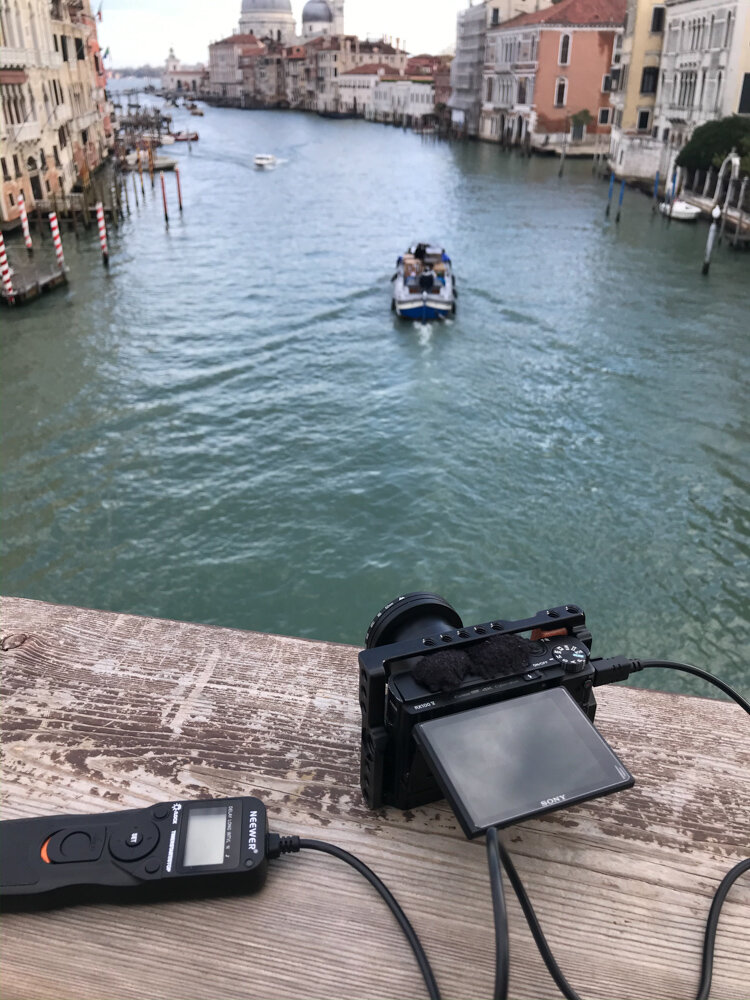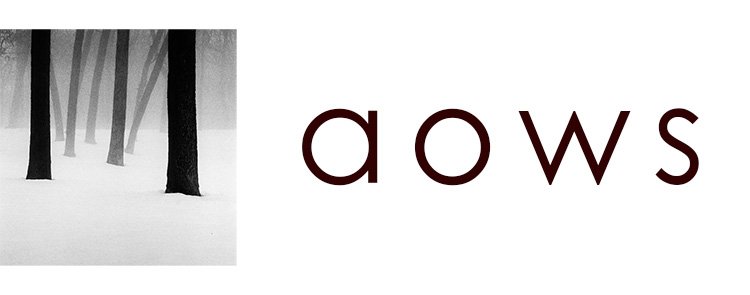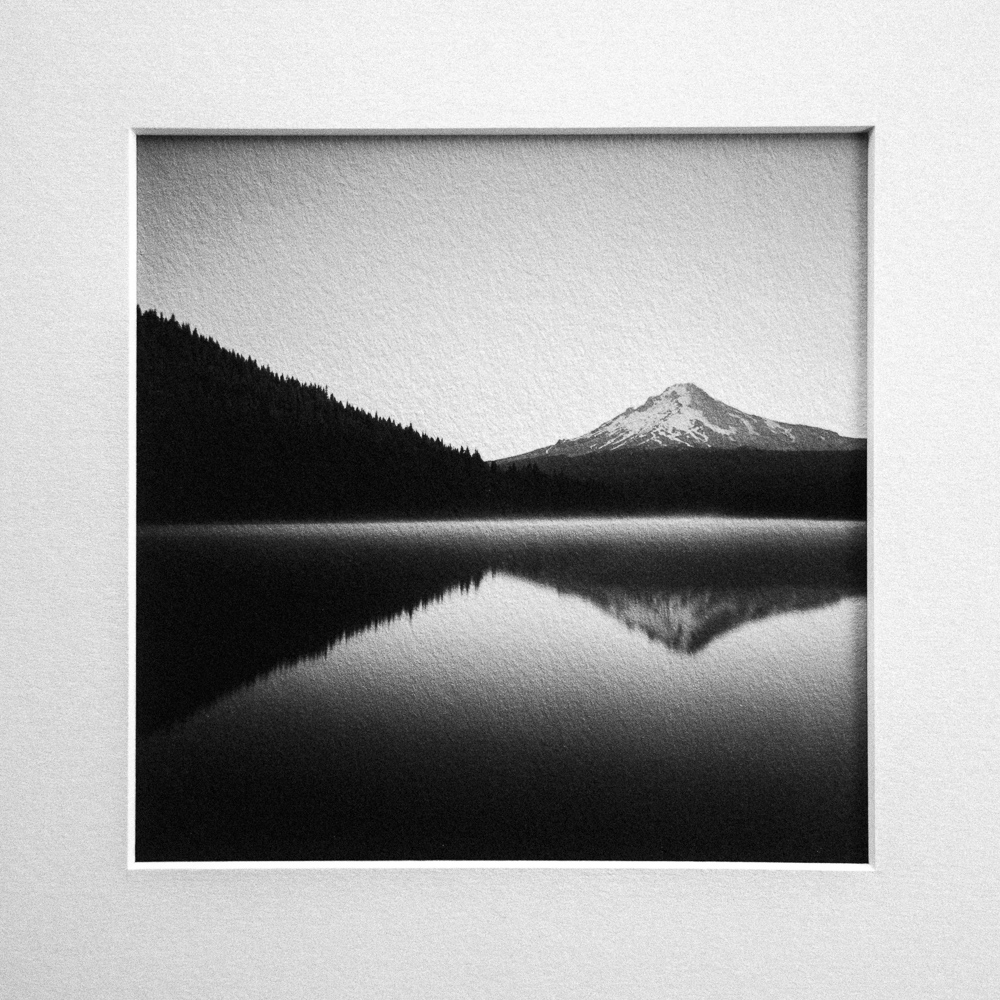Back in 2017, I went on a 2-month photography road trip across the American Southwest. At the time, I was shooting film exclusively, so I stocked up: I bought 100 rolls of medium format Ilford HP5 film, and hit the road with everything I needed to shoot, develop and scan it all on the road.
film photography
Black and White in digital photography: why, when and how
Not too long ago, black and white was the default. This was due mainly to limititations with color photography, but today digital photograph has made easier than ever. Color is the default, and black and white is a choice. A creative one.
Many digital photographers don't realize that black and white is an option. In this video, we discuss why it's a good option, when to do black and white, and how.
On Film Photography
Film photography is a topic that stirs passions. In this video, I tell you about my experience with film, what I think about it, and why I shoot mostly digital today.
Where the Pacific meets the Cascades, and other recent videos
Still catching up after my road trip. I never shared the video I made in Northern Washington here, and that’d be a mistake. Washington is probably my favorite state (sorry, Oregon), and the coast and mountains north of Seattle are my favorite part of it. Beauty everywhere.
But there are some other recent videos I never got to share here:
Full Moon over Crater Lake, I couldn’t miss it. I drove over 7 hours to be at Crater Lake in time to witness a breath-taking moonrise.
She left me! No more excuses… My apologies for the clickbait-y title. But it’s true, Rachel had to go home for work, so I’m alone on the road. This just became a 100% photography trip.
A landscape is never done. I revisit some of my favorite spots in the Oregon Coast and I try to convince you why you should revisit landscapes. They are never “done”, and there’s always something new to find and capture.
Where’s the Bronica? I get asked about the Bronica very often.
How to do photography in bad weather (and why you should). Don’t let rain and snow stop you from getting out there, they are the very things that can make your next great image happen. A few tips about how I shoot in bad weather.
Some street photography in Portland. Rachel and I go on a walk on the streets of beautiful Portland with our cameras (Fuji X100T and Sony A7Rii) and try to make the best of a lovely fall evening.
Best thing you can do for your photography right now. It’s very simple, and yet very easy to forget. So easy that I have to keep reminding myself of the key to photography: just get out.
Intentional Camera Movement (ICM) in the woods of Portland. A very useful technique to make minimal and simple images in busy places. Useful even if we don’t like the results, as it will get us started and might be the spark we need to get inspired.
That’s quite a few videos, I guess I’ve been busy lately. And there are many more coming soon. I’ll be sharing them here, but don’t forget to subscribe to my YouTube channel. It really does help.
What your camera says about you as a photographer
We've talked about how talent and skills are not enough to make a photographer stand out above the crowds nowadays. While I believe patience and persistence are the best way to deal with this, there are other ways a photographer might try to be different -sometimes even unconsciously.
An obvious one is camera gear. Indeed, today a photographer's camera is not so much about image quality but about signaling who you are as a photographer. These are some examples; they are generalizations and they won't fit everyone, but they might sound familiar to you. I definitely can see myself in 2 of these.
Read MoreIn praise of imperfect images
I always say that I like to destroy my images: I push film and work on my digital images to add grain, increase the contrast, remove details in the shadows and highlights. I seek imperfection.
It was this imperfection that allowed me to find my own style and to feel more free in my photography.
Read MoreContact sheets in digital photography
Why I believe that contact sheets can be useful to a digital photographer, and how to create a contact sheet with Adobe Photoshop.
How to take long exposures with film
A short video where I try to clarify the process of making long exposures with film. Remember that I wrote a whole book about this topic that you can download for free. I also have a few articles about Long Exposure Photography on this blog. Please don't hesitate to drop me a line if you still have any questions.
Is printing your images still necessary?
I don’t remember who said it, or the exact quote, but it went something like this: an image isn’t an image until it becomes a print, or that the print is the final step for an image.
This used to be the case a few decades ago, when the only way to create and see an image was in the darkroom in the form of a print.
But is it still true today? With all the ways that today’s technology offers to share our art?
I don’t believe this is longer the case. I don’t think the print is the (only) final step of an image today.
Don’t get me wrong, printing your images is awesome and something that every photographer should do (I myself print some of them) -but we don’t have to print an image for it to be considered art.
Most of my images aren’t going to be printed, ever. They’ll live as digital art here on my website, on Instagram or on YouTube. I don’t think less of them: they are still my work, my art, and they fulfill their purpose as such.
I feel very lucky to live in this day and age when I can use film cameras from decades ago and print my images in the darkroom, and use a completely digital workflow from beginning to end.
Embrace technology that empowers you
I've alway loved technology. I've been playing with computers since I can remember, but it wasn't until the arrival of the Internet that things got serious.
I made my first website back in 1998, when I was 16. Design and technology wise, it was pretty bad. But there was something special about it: I was reaching people from all over the world.
I used to print out the analytics with the visits, I loved to see the entries showing visitors from places as far as Australia or Japan.
Today, we take this for granted, but life would be very, very different without the internet.
I am a full-time photographer thanks to technology and the internet. Had I been born in the 50s, I'd still have my day job. Photography wasn't as affordable back then either, so even if I were lucky enough to have picked up a camera, I wouldn't be shooting as much as I do today.
Today's technology gives us incredibly powerful tools to create and express ourselves, and many options to share that art. I believe this is the golden age of photography: there's a lot of noise but people are creating amazing images nowadays, much better than they used to be, and they are more accessible than ever.
We tend to romanticize the past and we forget that photographers like Ansel Adams lived on the edge of technology, using the latest cameras and film stocks, trying to perfect the medium, always experimenting with new techniques. He didn't idealize photographers or technologies from the XIX century, he strived to improve them.
As a photographer and artist, I consider myself extremely lucky to be able to live in this day and age: my 16-year-old past self would not believe what I'm able to do today from the palm of my hand from anywhere in the world.
The fact that you are reading this, from wherever you are, is proof that technology is pure magic. Embrace it and use it to your advantage.
Shooting the Bronica in the rain
My little secret compact film "camera"
It's my secret: I've been shooting 35mm for a few weeks, using a crappy plastic chinese camera. It was a fun but frustrating experience.
How camera companies are losing to smartphones

I went to Venice yesterday. Even though I visited as a tourist and spent little time making images, I still brought my cameras and tripod with me. Just in case.
I also used my phone, of course.
Every time I use both systems for "image making" (not just snaps), I see how camera companies are losing to the increasingly more powerful smartphones. And I can't believe they aren't reacting.
The megapixel race has ended a while ago. Sensors are getting better and better, but it doesn't matter that much anymore. They are good enough, they have been for a while. Today, and in the foreseeable future, is the software that makes the difference.
Read MoreTaking the Rolleiflex out
I took the Rolleiflex out and tried to make a few images in Chain O'Lakes, here in Indiana. I talk a little bit about the main features, what I like, and what I don't.
Fight on the bathroom floor
This is not how my evening was supposed to go.
I should've paid attention to the signs. I was too tired, and spilled the developer. Still, I went ahead.
I'd started this roll of film last year and just finished it today. It'd spent so much time in the camera that it didn't want to get in the reel.
It was a hard fight that went on for over 45 minutes, started on my desk and ended on the bathroom floor. Never before had I given up a roll.
As I opened the changing bag, I saw the result of my hard work: exposed, wrinkled and useless film. I really wanted to see those images. They are gone now.
Sometimes I wonder.
Every shot has to count
I used to believe that every frame should count. A higher ratio of "keepers" would definitely mean I was a good photographer.
I was dead wrong. No, not every shot has to count.
Photography should be more about experimenting than about being certain, more about playing and less about thinking.
Developing film in half the time with CineStill Df96 monobath solution
I finally had the chance to try CineStill's monobath solution, Df96. This product promises to do the job of three chemicals, all in one: developer, bath stop and fixer.
While I could see how that would save a lot of time, I wasn't so sure about the results I could get.
I've only developed 2 rolls of Ilford HP5 with this solution, but so far, I'm pretty happy with the negatives. And the best of all: I was able to do it almost twice as fast.
I love shooting film, but developing it isn't my favorite thing to do. That's why I welcome anything that makes it easier and faster, like CineStill Df96.
These are some of the images from those 2 rolls, shot with a Bronica SQ-Ai and a Holga (this one was in the camera for over a year and still turned out mostly ok).
Why developing film is not a creative step of the process
Unless you are shooting large format and treating each image differently, I’d say no, developing film isn't a creative step.
Many people follow the indications from the manufacturer or some online recipe.
Others experiment with different developers, dilutions, time, agitation... and eventually settle on a formula that gives them the results they are looking for.
Most people just drop their film off at a lab.
In my case, I usually push my film 1 or 2 stops to create the aesthetics I want. It's a foundation that all the images from the roll will share.
This is equivalent to apply a preset in Lightroom or other editing software, something I wouldn't call creative.
In my opinion, it's when we compose, edit and print the image that we can be the most creative.
Hasselblad CFV II: an almost perfect system
I hadn't been so excited about a camera announcement since the Zeiss ZX1 (which by the way, hasn't been released yet -who knows if it ever will).
A few days ago Hasselblad announced the X1D II, the sucessor to their beautiful mirrorless medium format camera. New features and a greatly recuded price are always welcome. But for all purposes, it's more of the same. Just with a bigger sensor.
They also announced something else, though, something that got me really excited: the CFV II 50C.
Read MoreImage of the Month, March 2019: "Morning Mist"
Morning Mist is the Image of the Month for March.
I made this image on a beautiful and chilly summer morning at Trillium Lake, in the Mt Hood National Forest.
This is one of my favorite spots near Portland, and I'd drive over there many times before heading to work. It was a peaceful and unforgettable way to start my mornings (even though the drive was more than 2 hours round-trip).
This image is part of my work and current exhibition America Untitled.
artist contract
A new image will be released every month and offered at a reduced price during that time. After 30 days, it will be sold at full price. They will never be on sale at any time in the future, the rate during the first month will be the lowest, ever.
want to know more?
You can find more information about how I create my images and all the details about pricing on The Art and Craft behind my prints.












